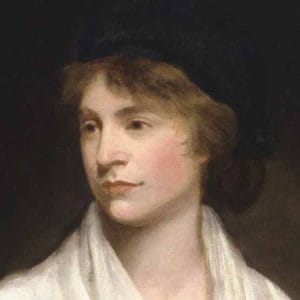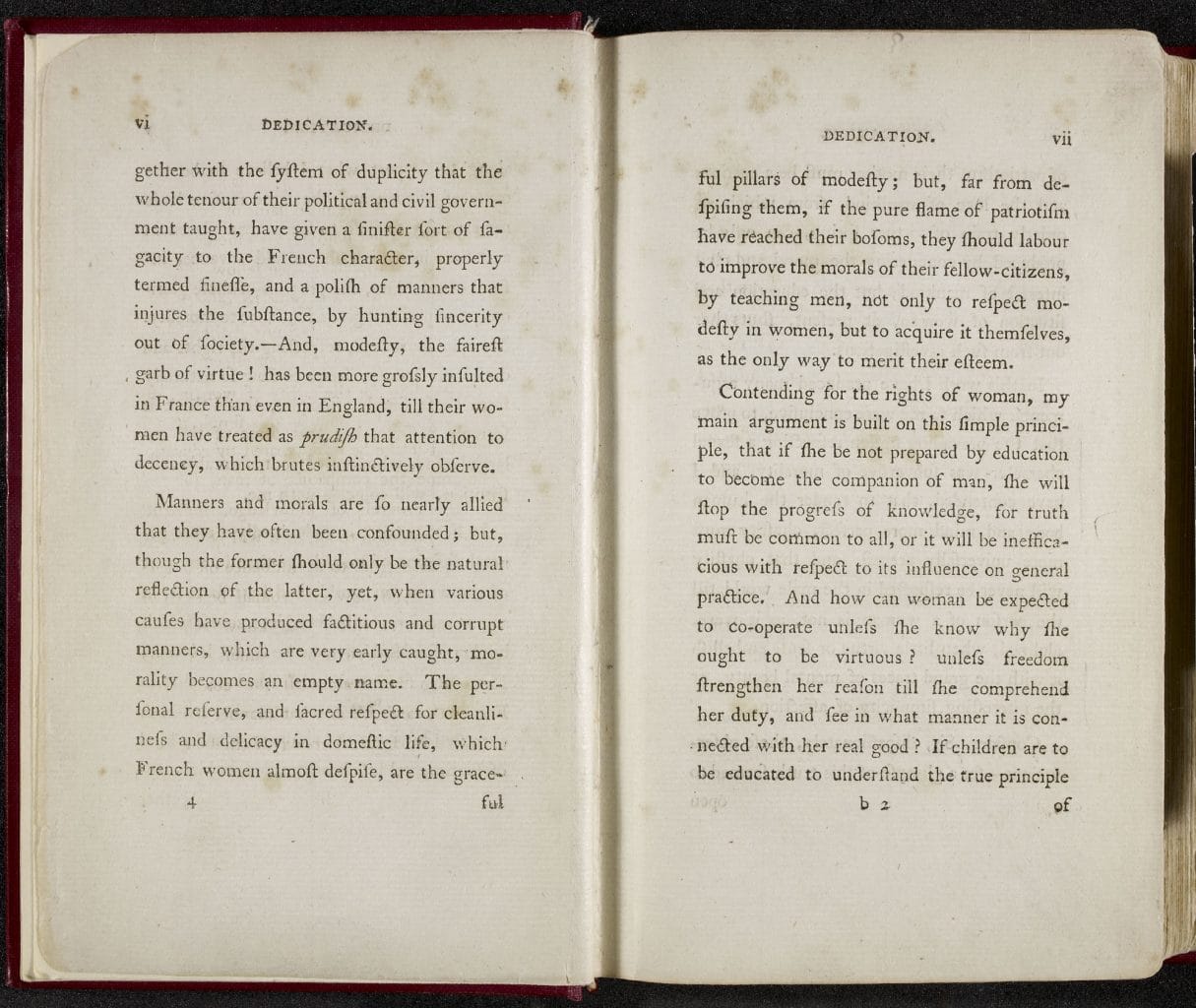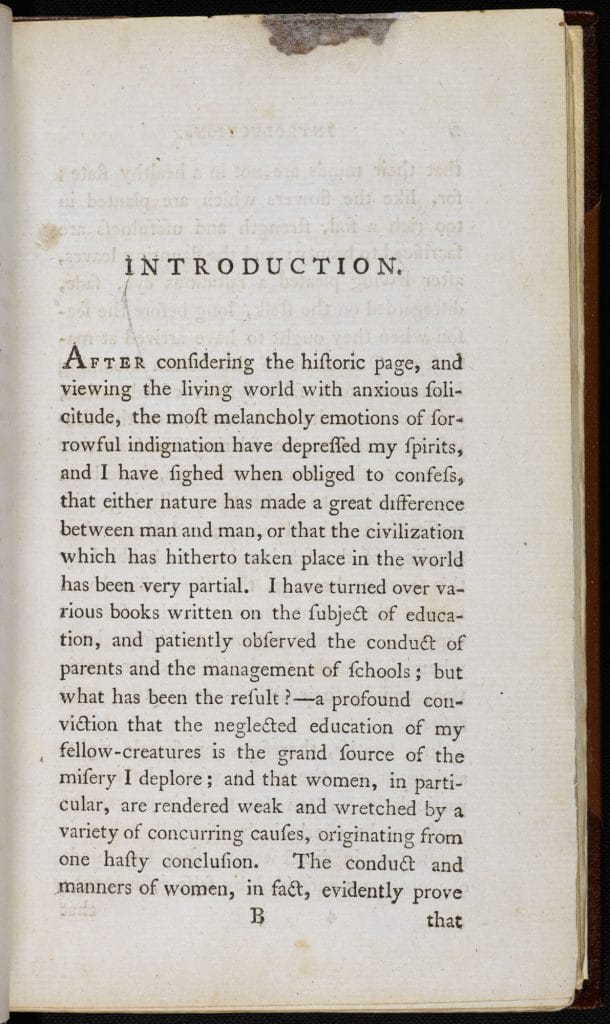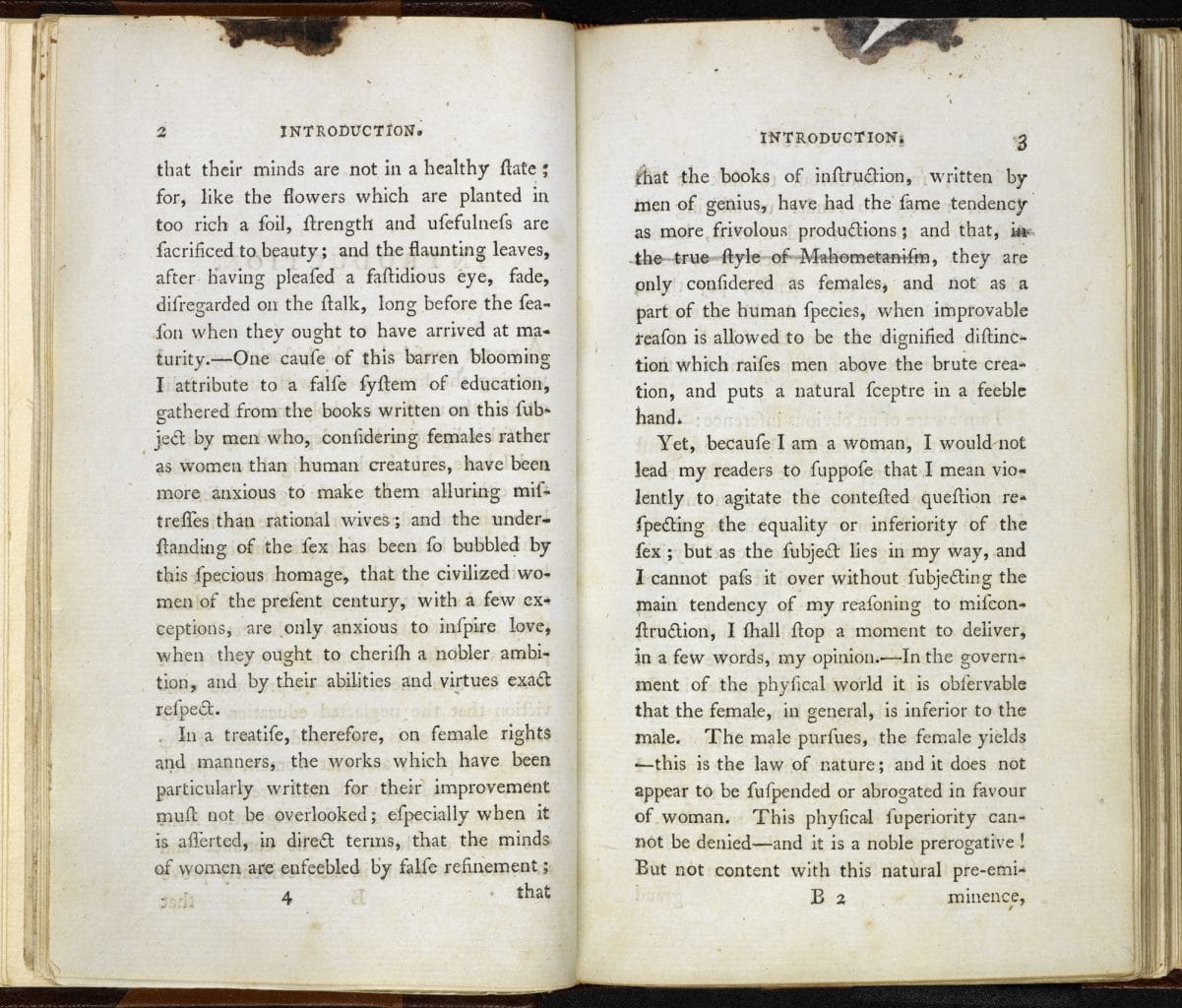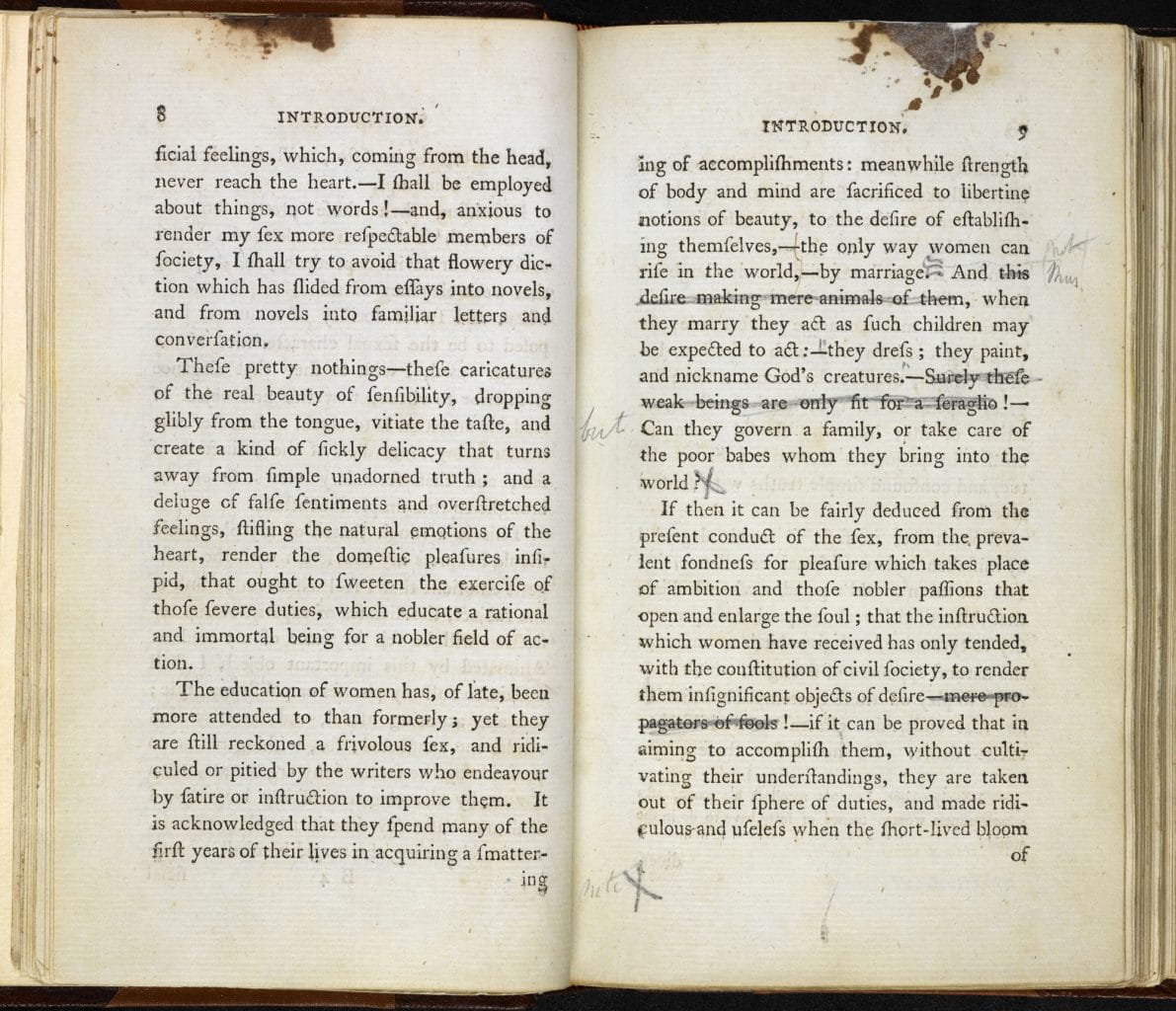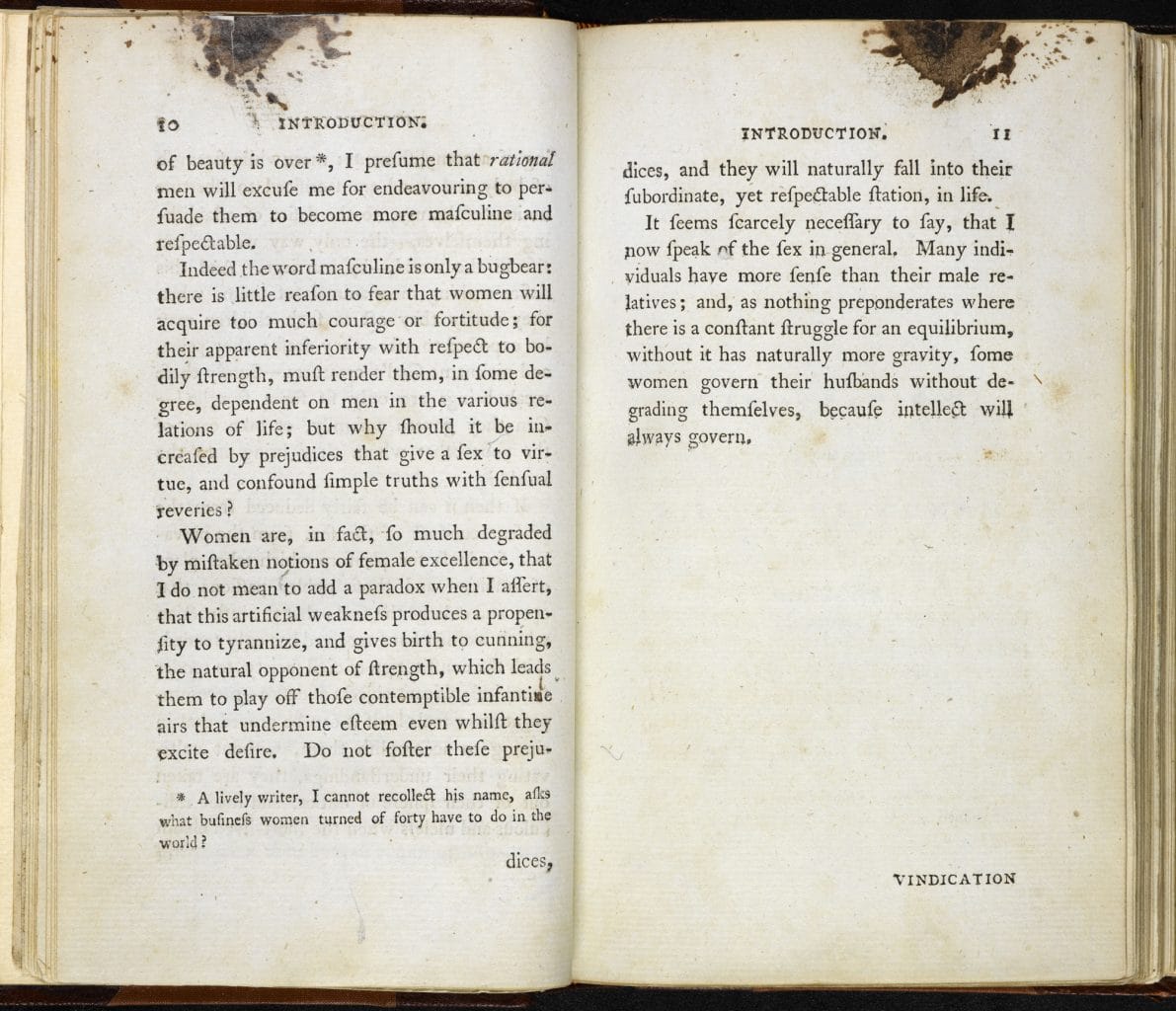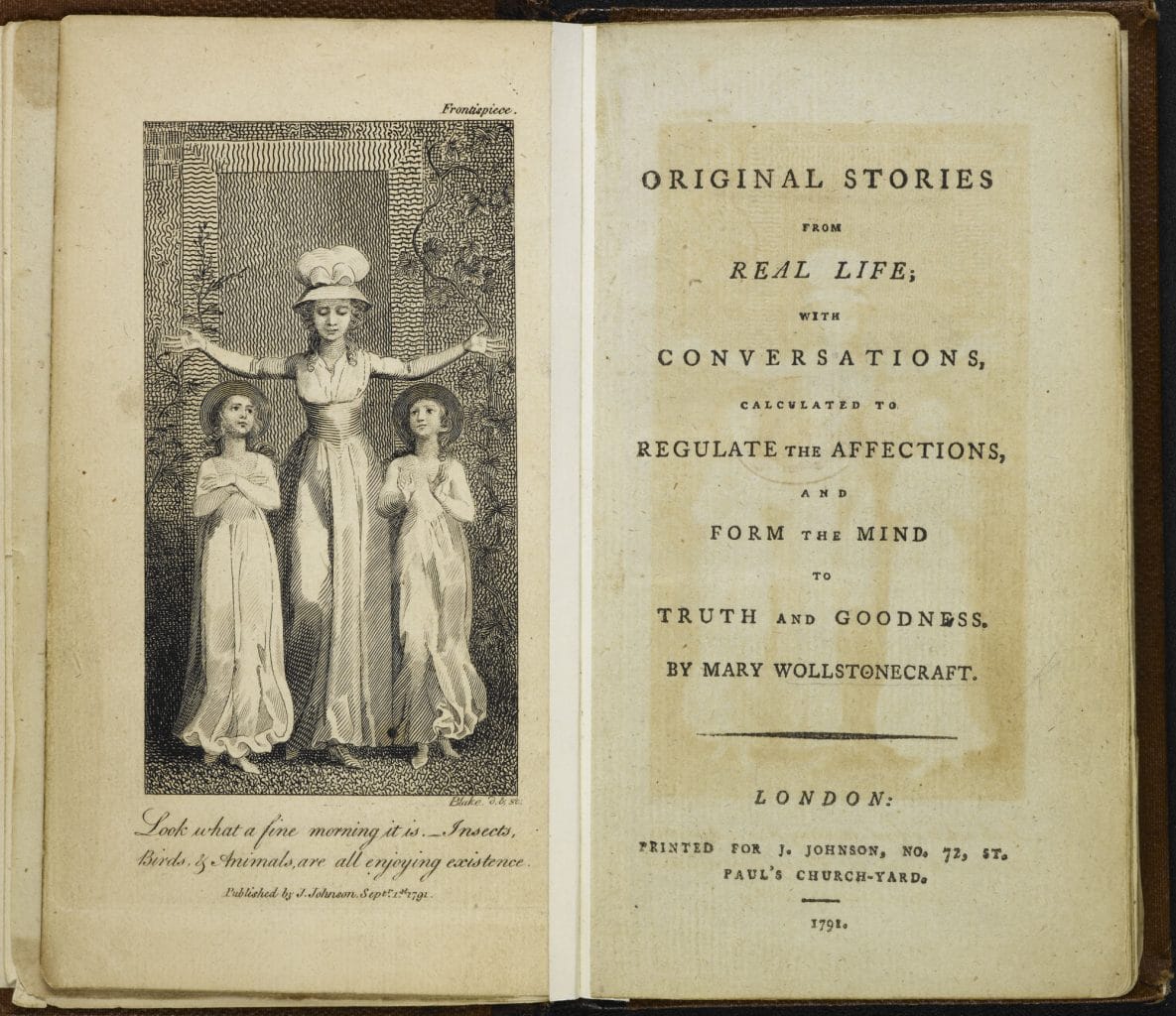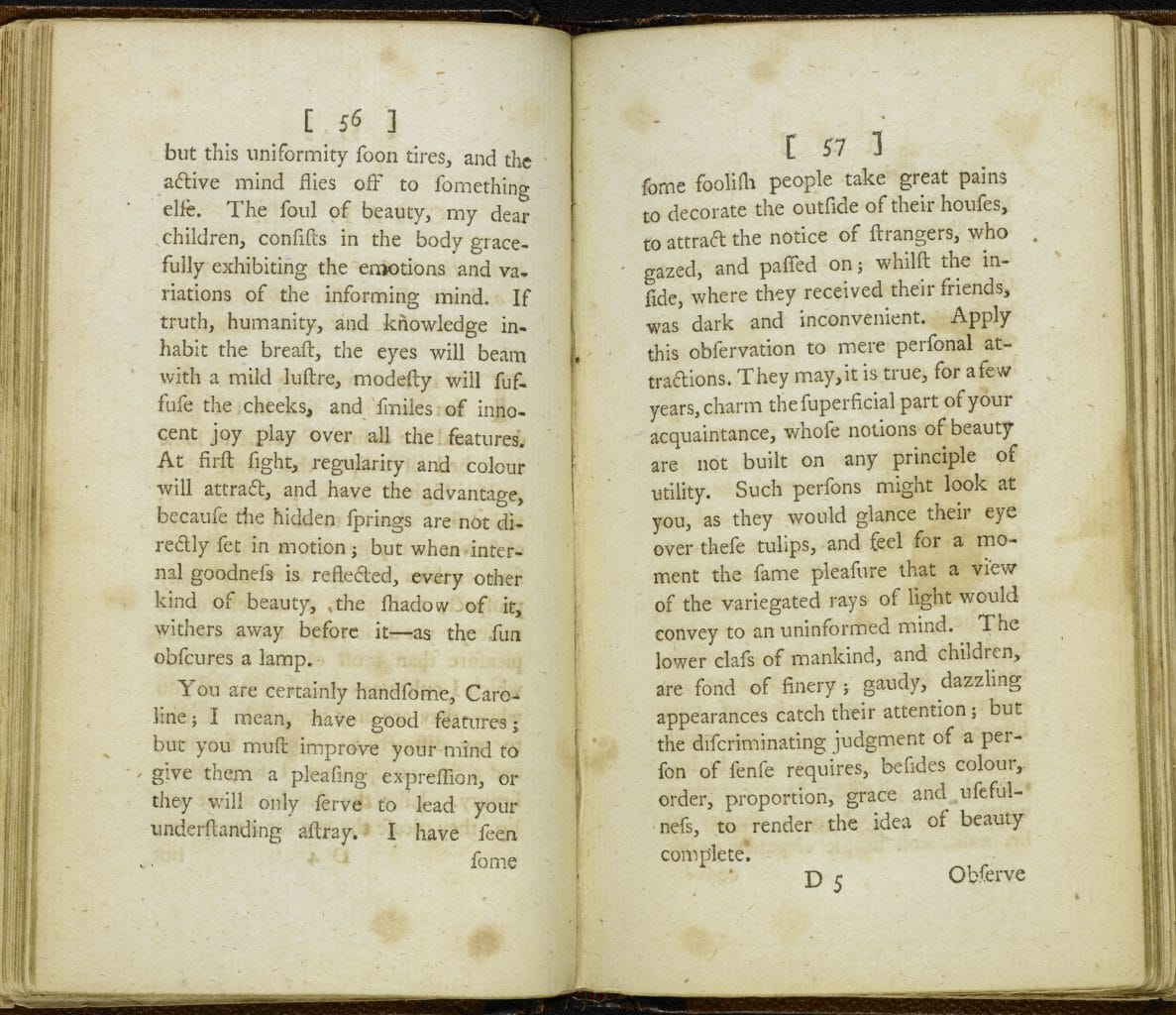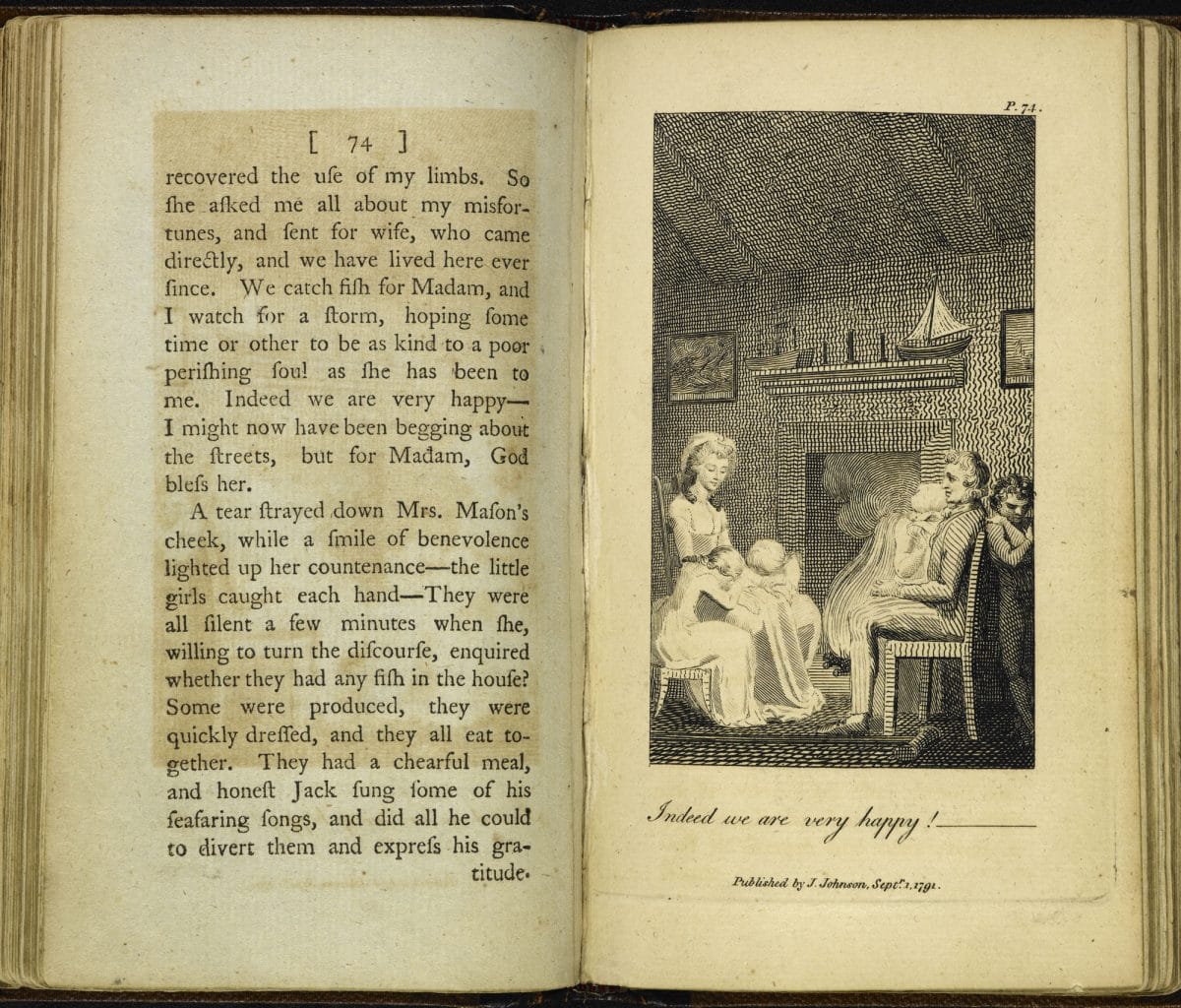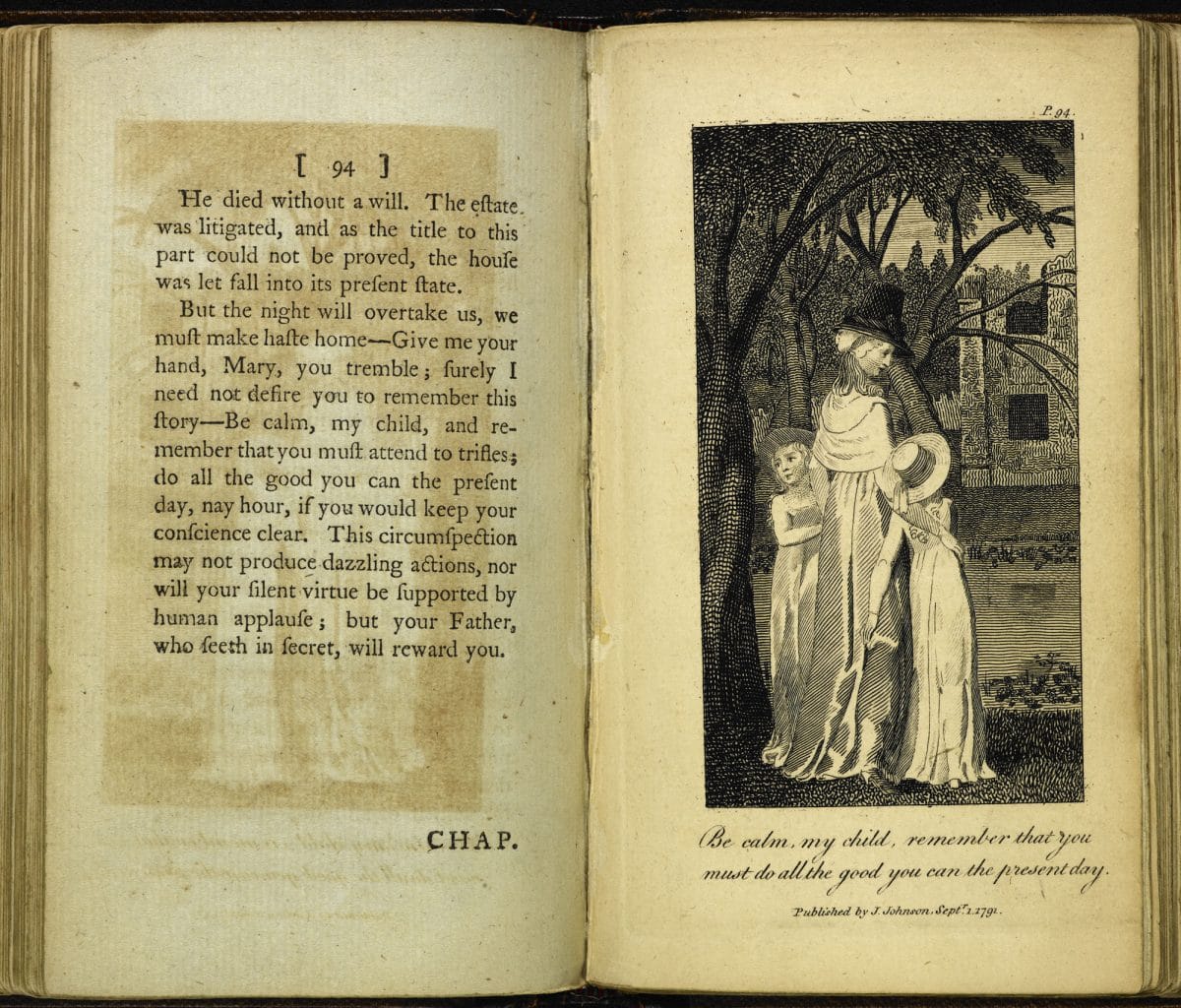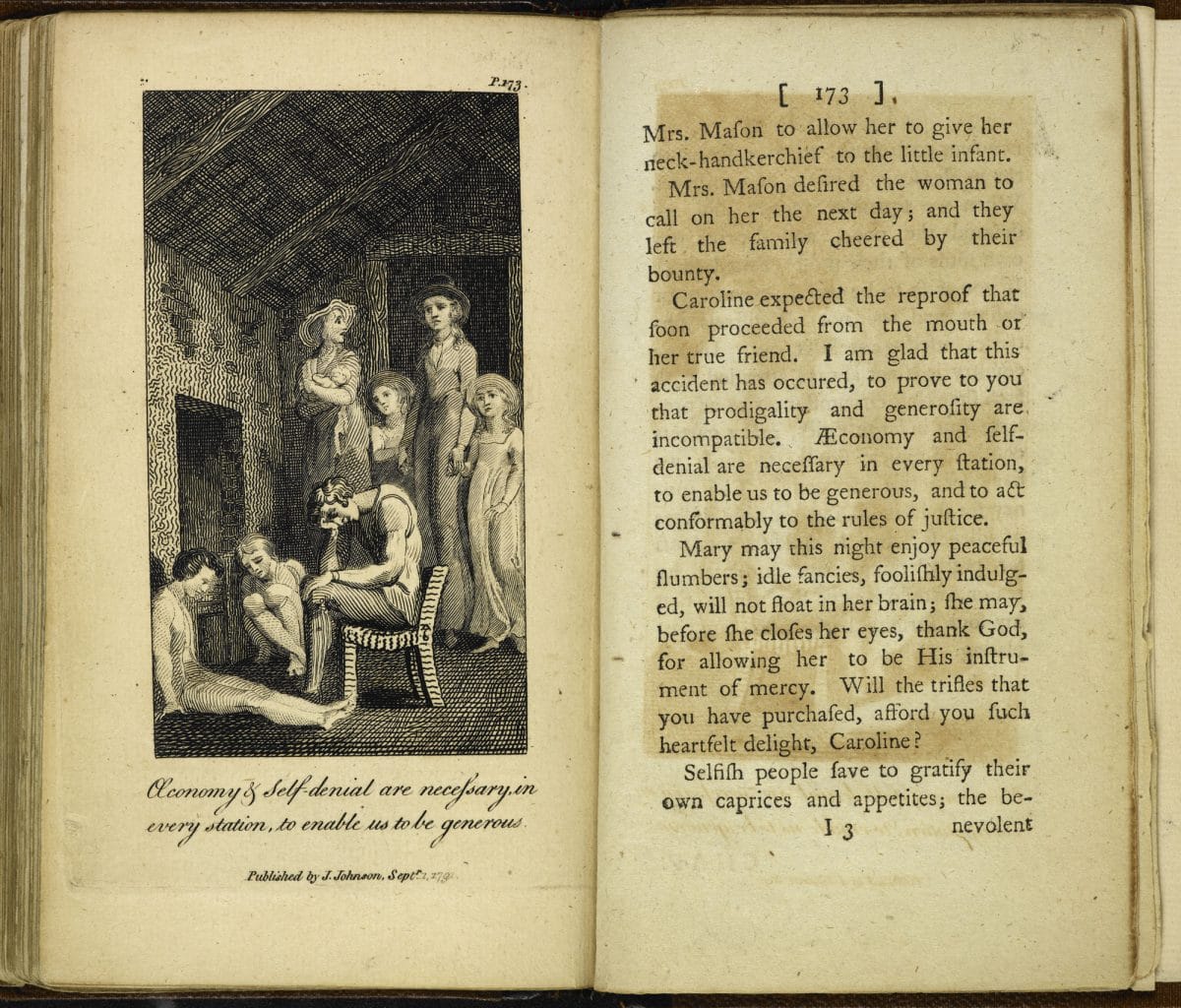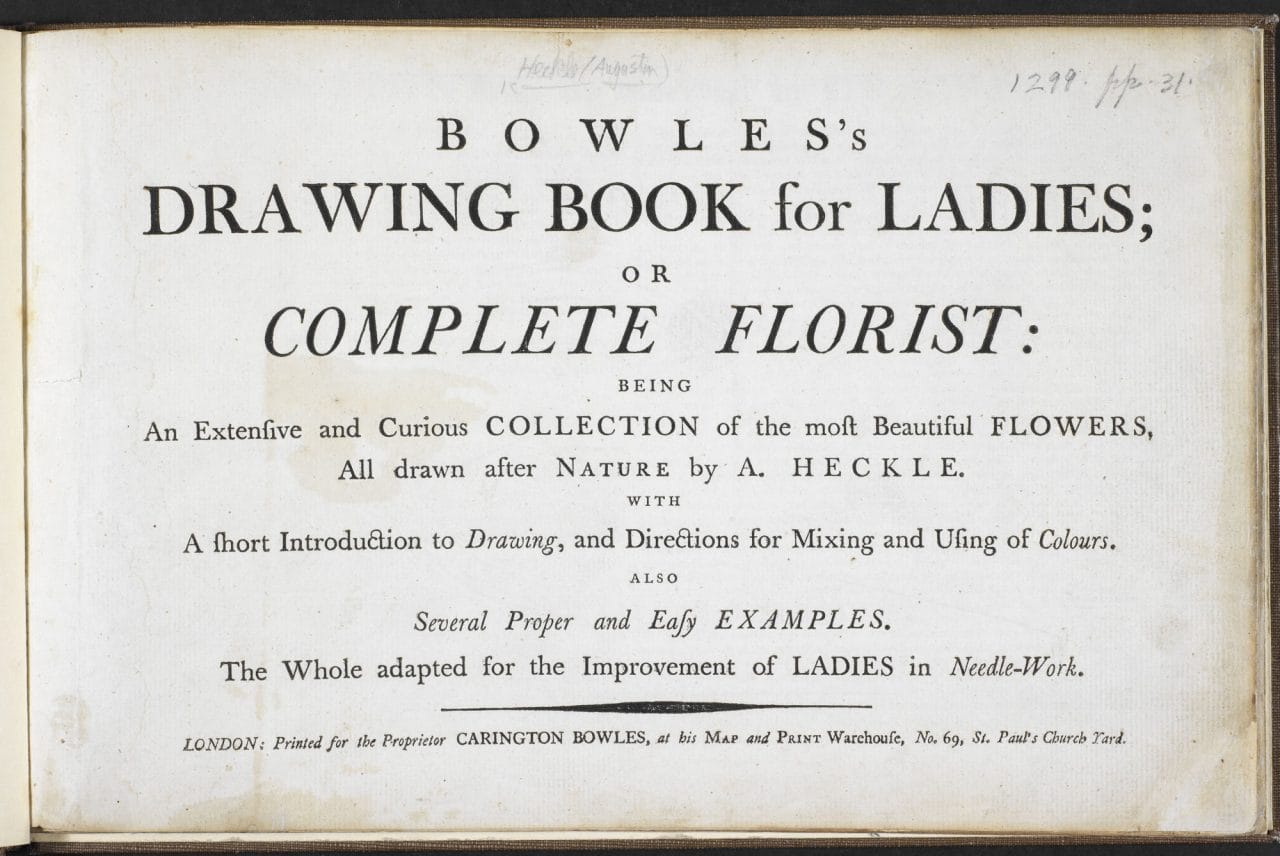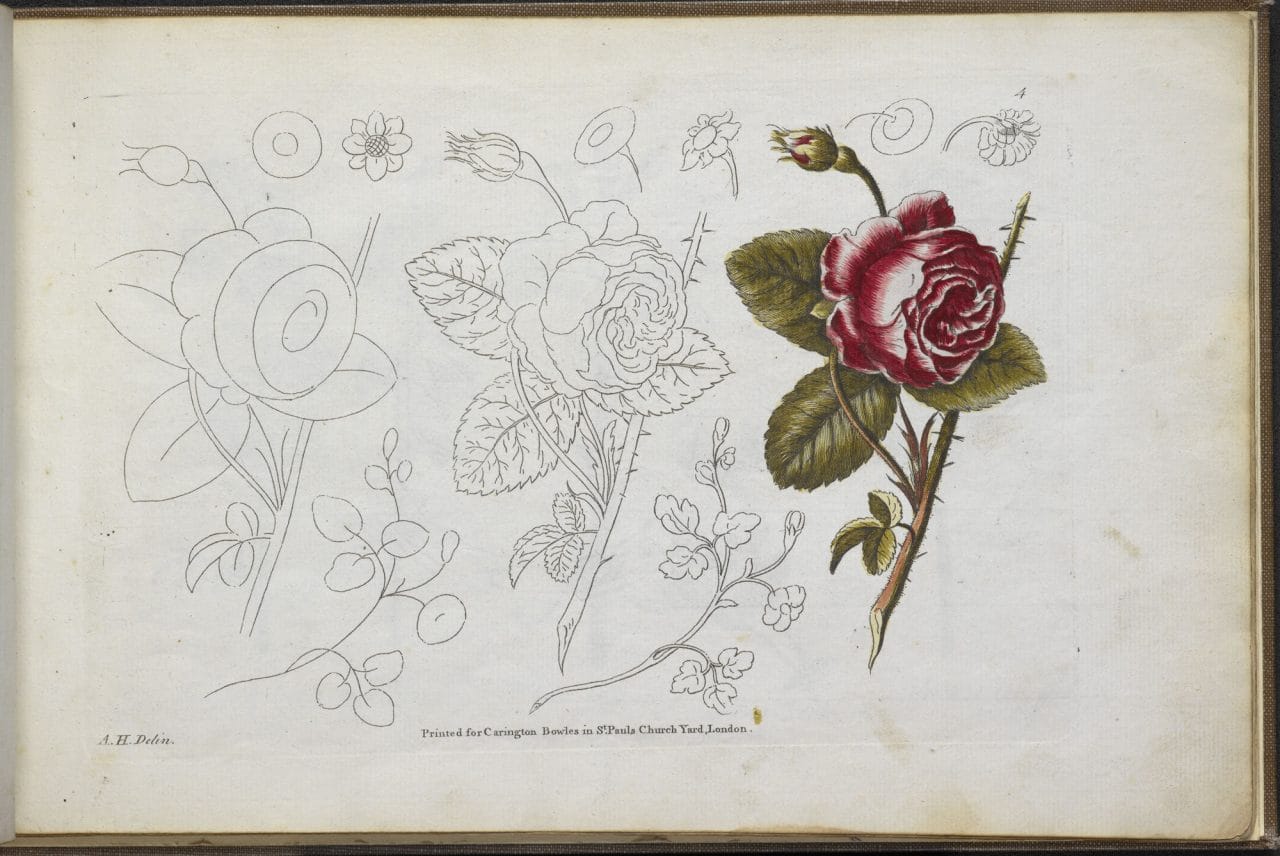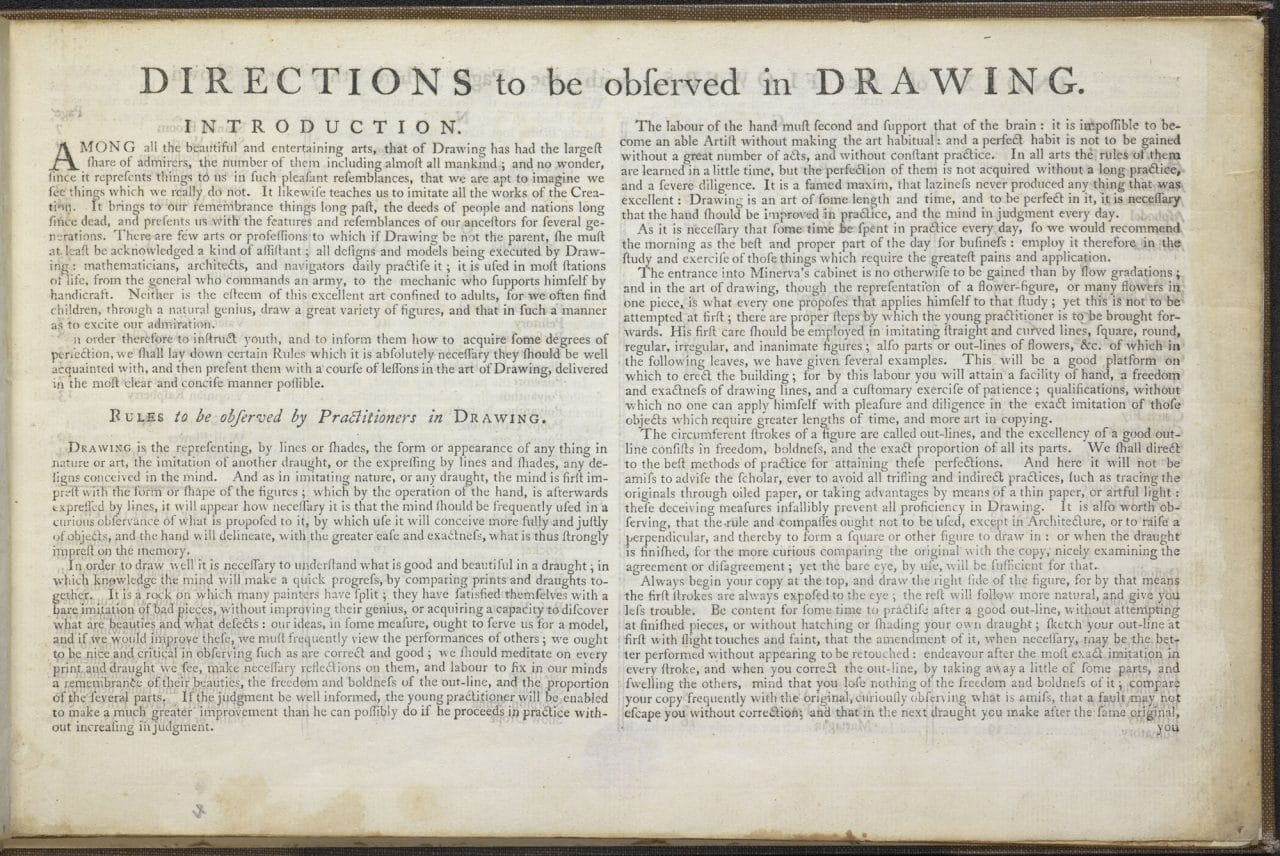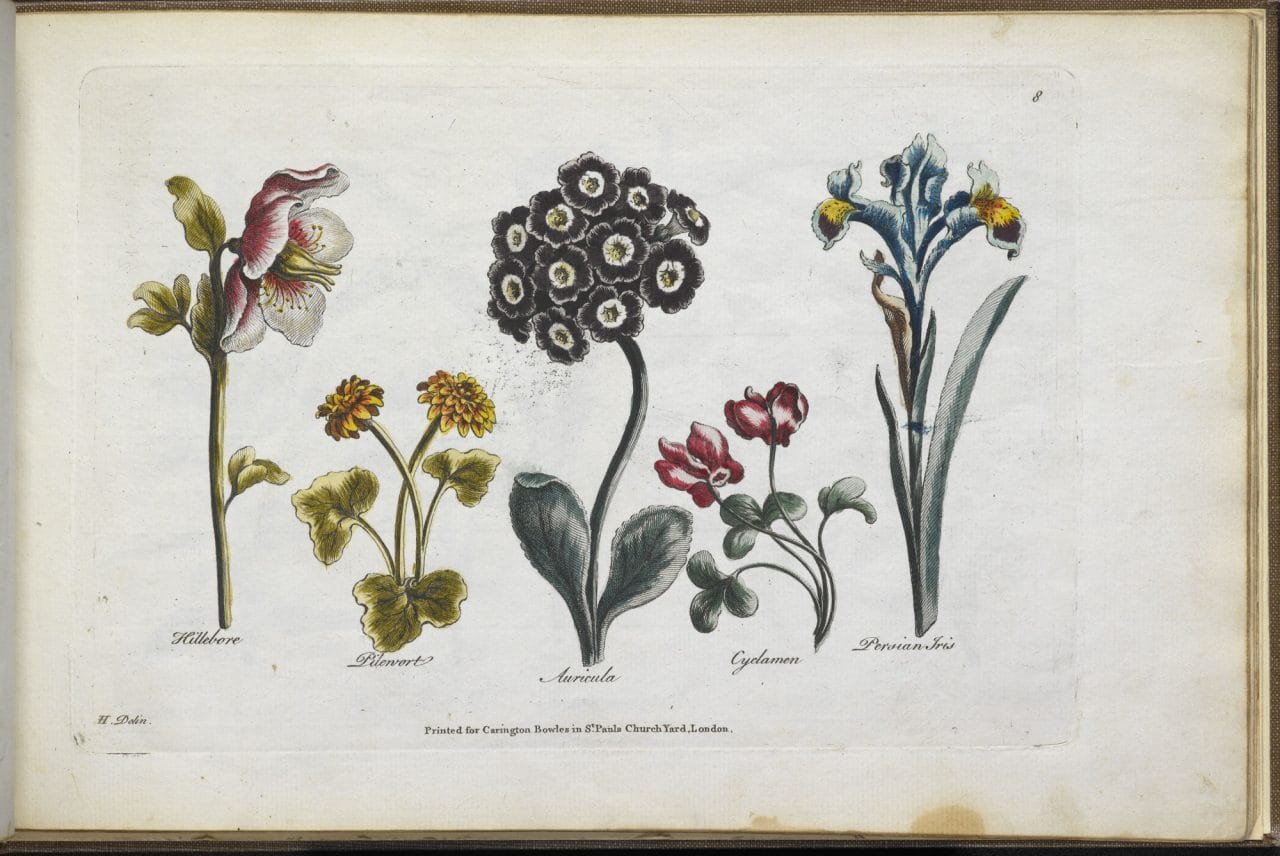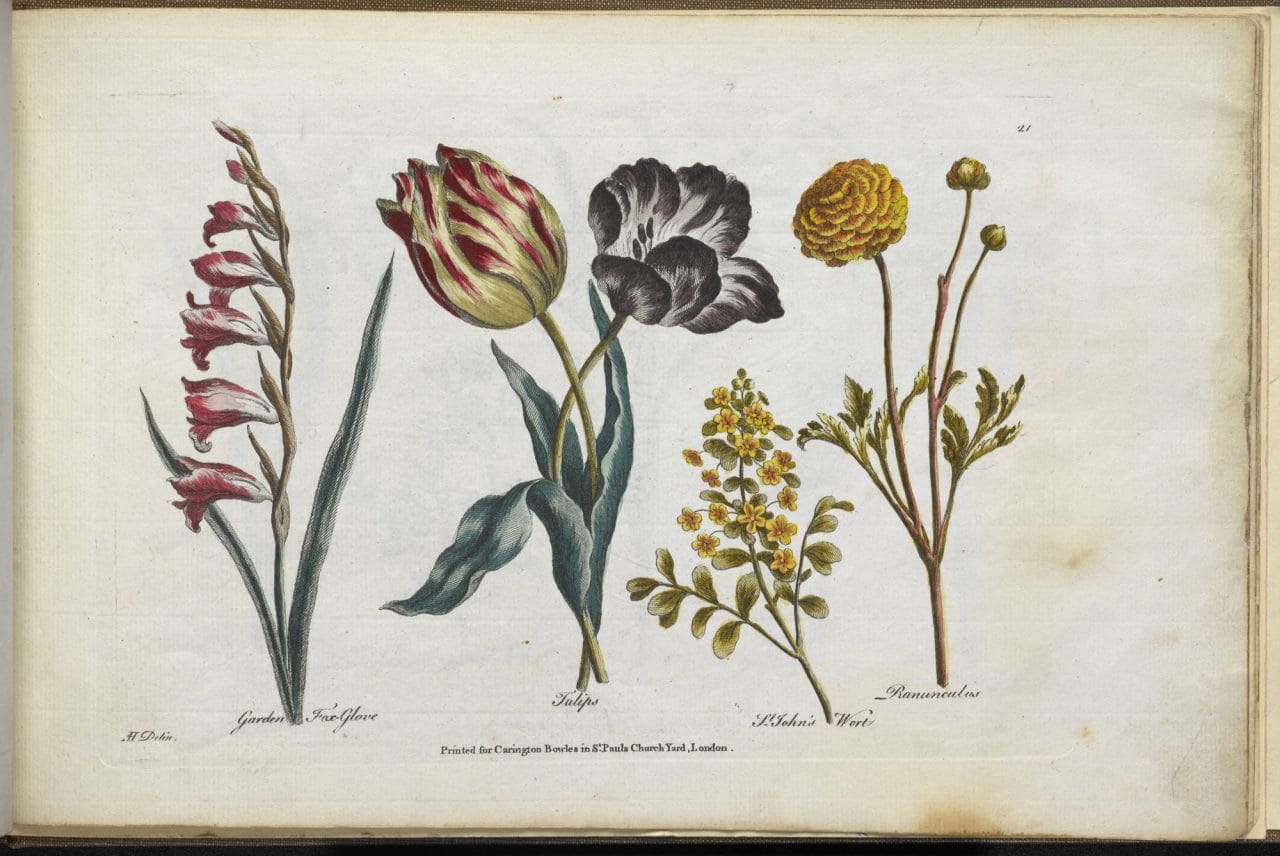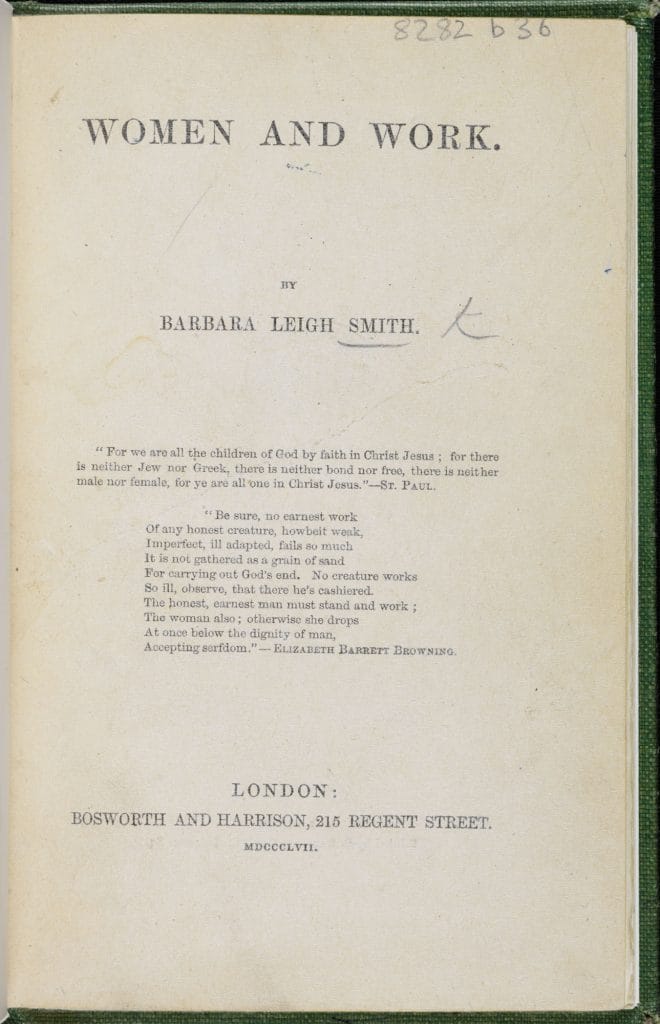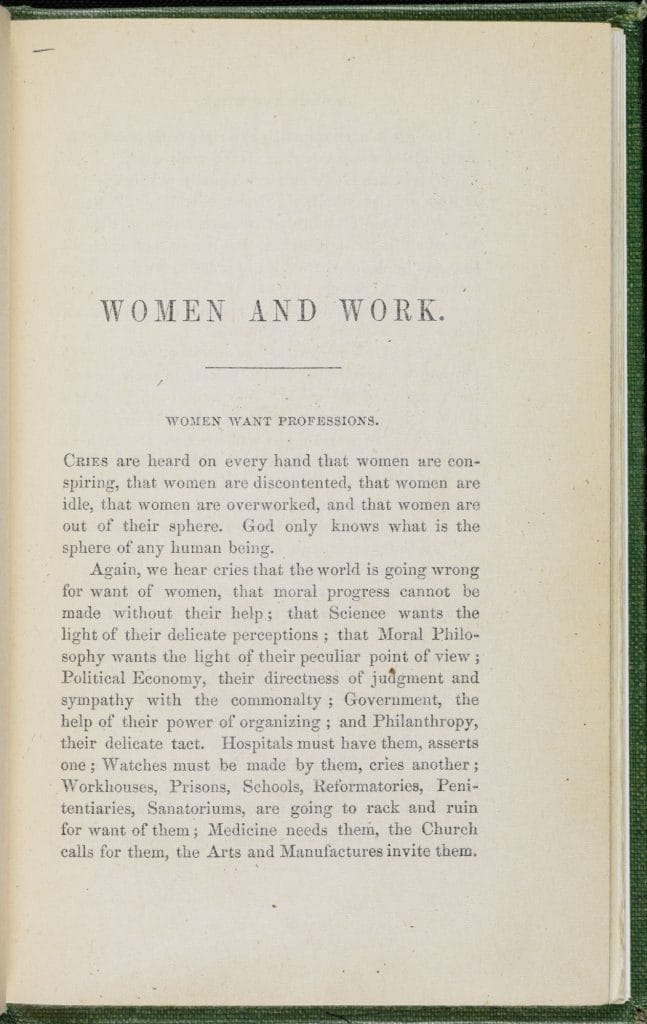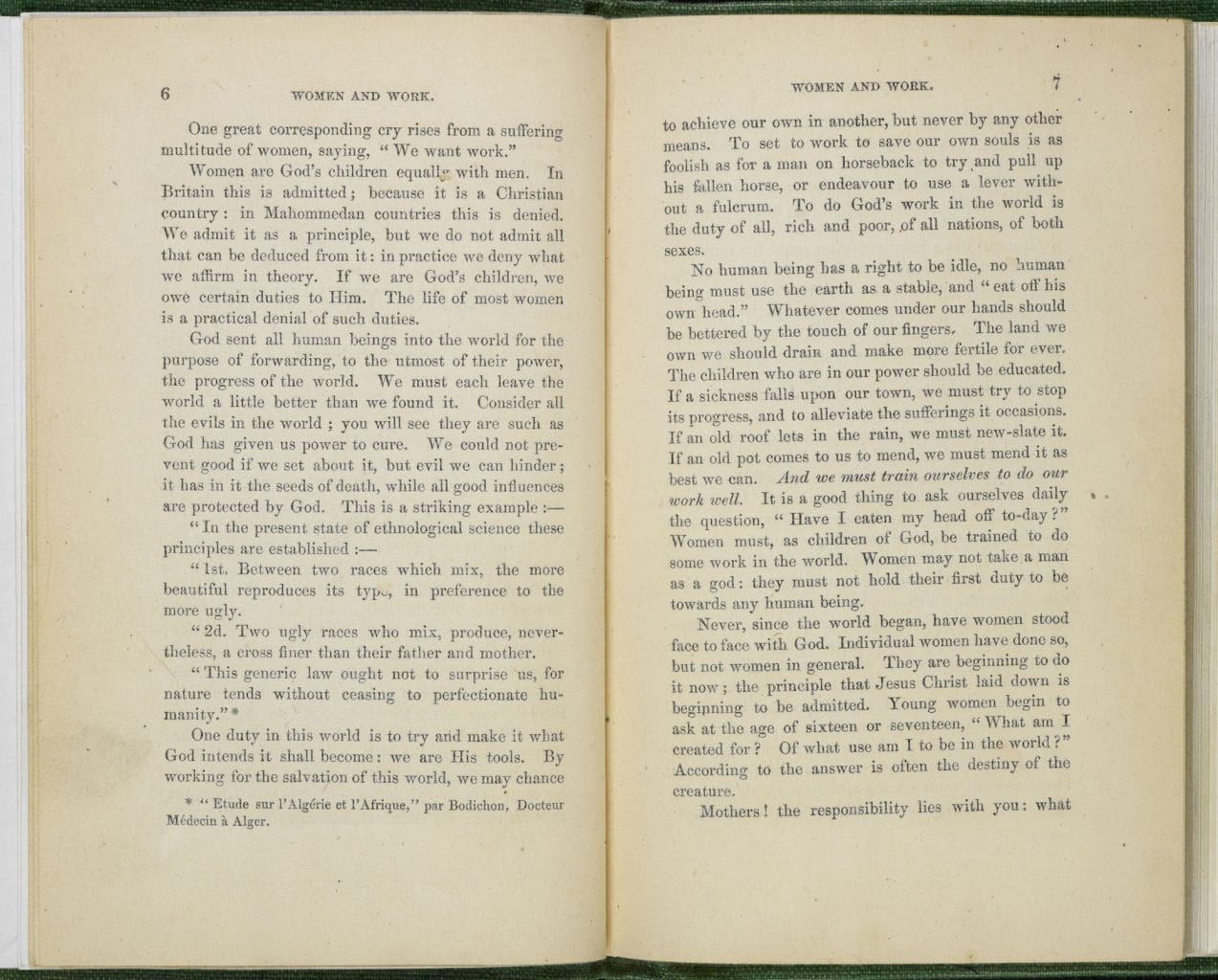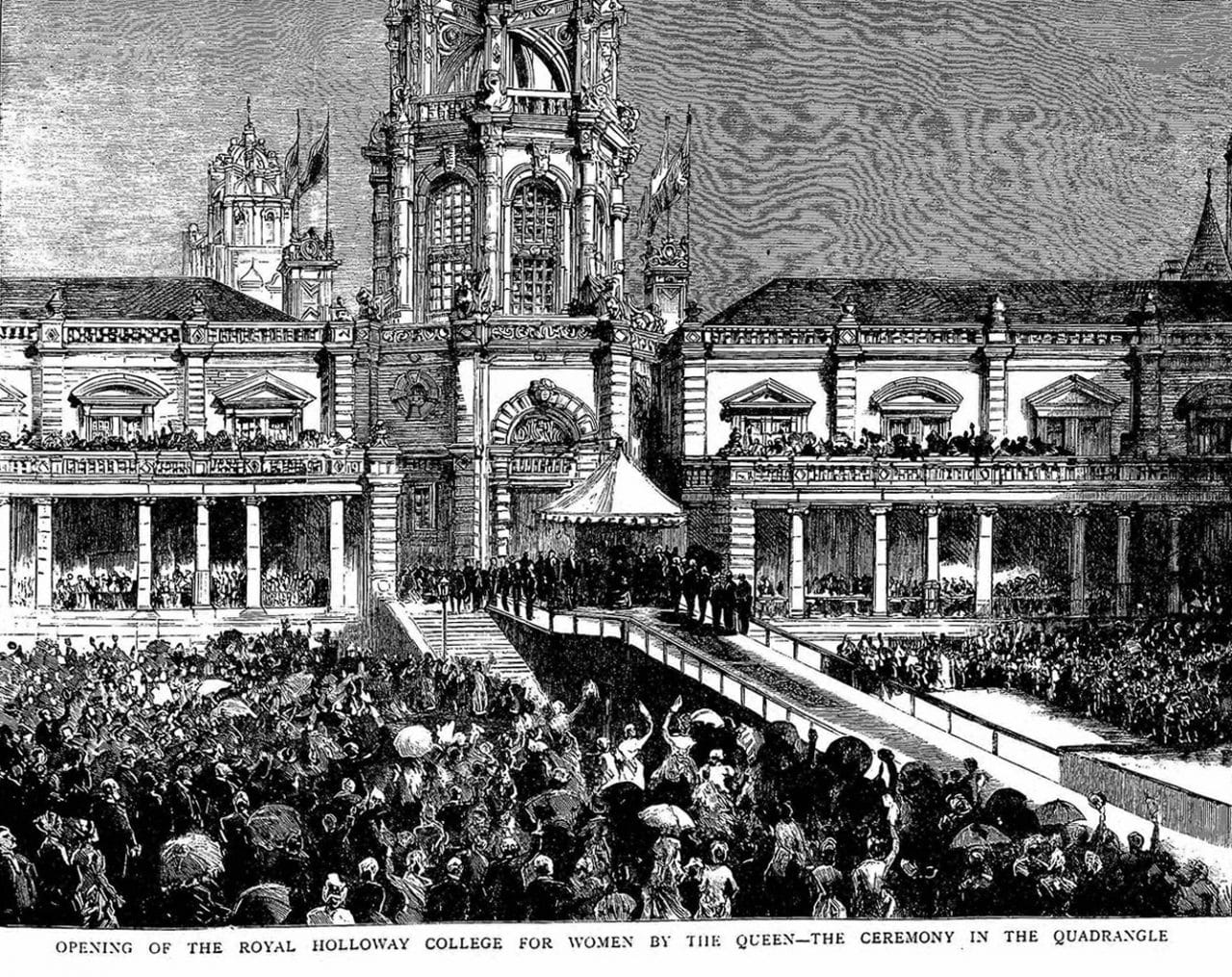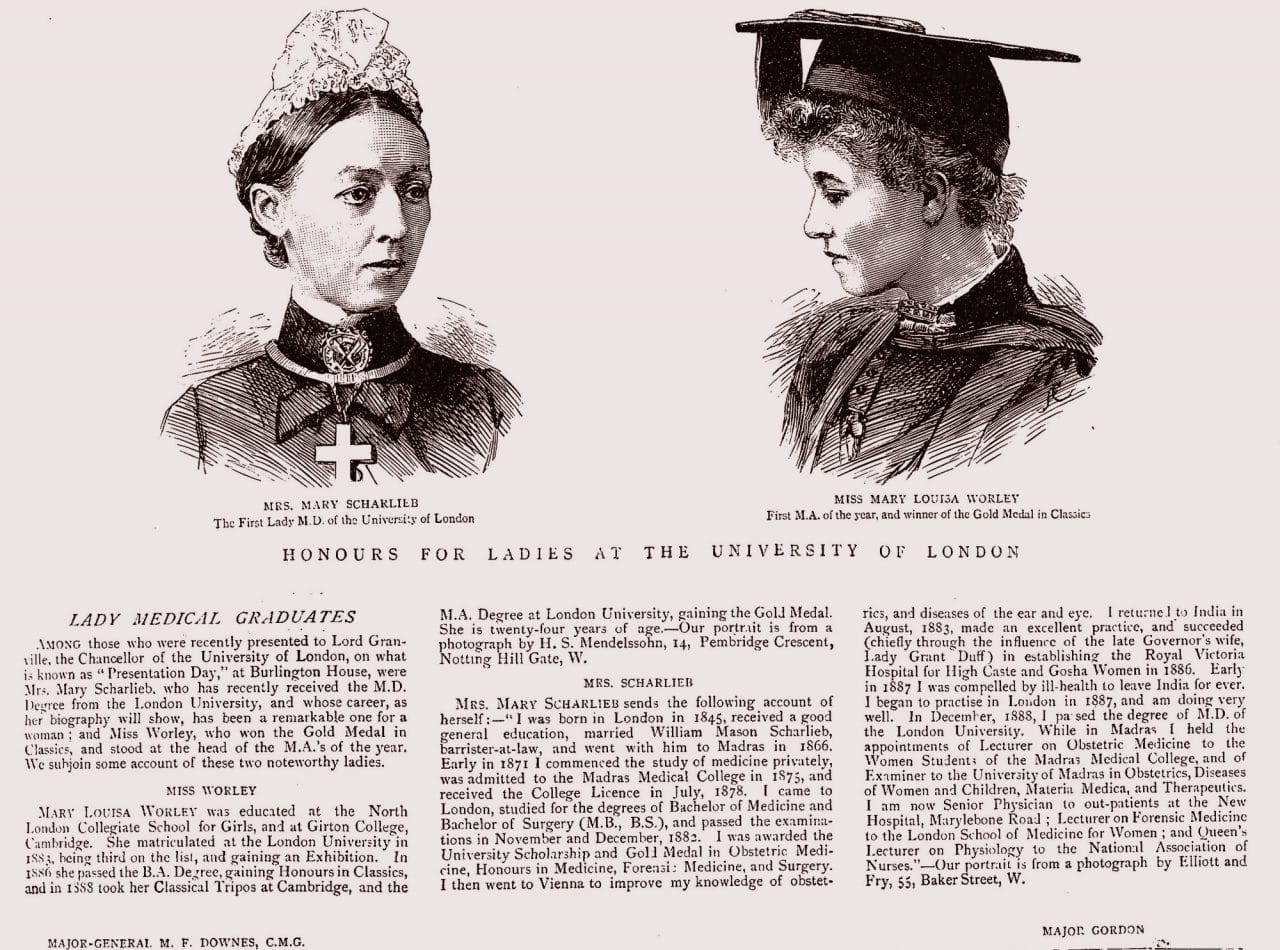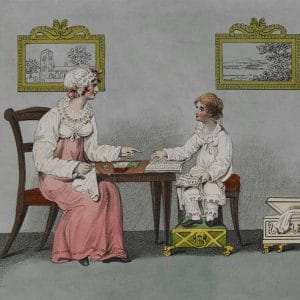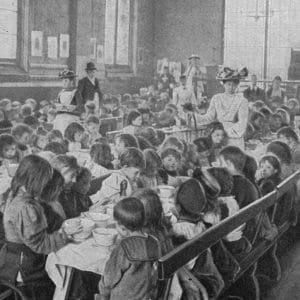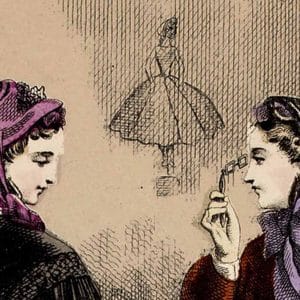
Mary Wollstonecraft’s A Vindication of the Rights of Woman
出版日期: 1792 类型: Philosophy
A Vindication of the Rights of Woman is a seminal work of literature by one of the first great feminist writers, arguing for the first time that women were rational beings who deserved a public education, in order that they might earn their own living and contribute to society.
Contending for the rights of woman, my main argument is built on this simple principle, that if she be not prepared by education to become the companion of man, she will stop the progress of knowledge… how can women be expected to co-operate unless she know why she ought to be virtuous?
Education and equality
In 1791, the French Bishop and politician Charles Maurice de Talleyrand-Périgord had submitted a report to the French National Assembly, in which he reinforced the contemporary view that women should only receive an education in ‘the paternal home’. In an ardent response to this, Wollstonecraft published A Vindication of the Rights of Woman, calling for equality between the sexes, particularly in the field of education. At the heart of her argument was the claim that women only appeared intellectually inferior to men because of their lack of public education.
According to William Godwin, Wollstonecraft wrote the book quickly over the course of only six weeks, with the intention of publishing a second volume. The book was written in 1791 and published in 1792. It was sold as volume 1 of the work, but Wollstonecraft did not write subsequent volumes.
Wollstonecraft’s tone conveys both her own sense of humour but also her anger at the enfeebled situation that the majority of women were forced into.
My own sex, I hope, will excuse me, if I treat them like rational creatures, instead of flattering their fascinating graces, and viewing them as if they were in a state of perpetual childhood, unable to stand alone.
Before Wollstonecraft, there had been books that argued for the reform of female education, but often for moral reasons or to better prepare women for their role as companions for men. A Vindication of the Rights of Woman calls for the establishment of a national education system operating mixed-sex schools, not to train better wives, but because Wollstonecraft feels it is essential for women’s dignity that they be given the right and the ability to earn their own living and support themselves. She wrote
Would men but generously snap our chains, and be content with rational fellowship, instead of slavish obedience, they would find us more observant daughters, more affectionate sisters, more faithful wives, more reasonable mothers – in a word, better citizens.
Edmund Burke and Thomas Paine
Mary Wollstonecraft wrote this pioneering book in part as a reaction to Edmund Burke’s Reflections on the French Revolution, published in late 1790. Burke saw the French Revolution as a movement which would inevitably fail, as society needed traditional structures such as inherited positions and property in order to strengthen it. Wollstonecraft’s initial response was to write A Vindication of the Rights of Men (1790), a rebuttal of Burke that argued in favour of parliamentary reform, and stated that religious and civil liberties were part of a man’s birthright, with corruption caused in the main by ignorance. This argument for men’s rights wasn’t unique – Thomas Paine published his Rights of Man in 1791, also arguing against Burke – but Wollstonecraft proceeded to go one step further, and, for the first time, a book was published that argued for women’s rights to be on the same footing as men’s.
What were women’s rights in Wollstonecraft’s time?
In the 18th century, in the eyes of the law, a married woman had no property, no vote, no money of her own, nor any rights to her children. The system of coverture governed all marriages: this was a legal doctrine which regarded a husband and wife as a single person. Upon marriage, a woman’s legal rights and obligations were subsumed by those of her husband and she was legally under his protection and authority. While single or widowed women could own money, property and run businesses, married women had no equivalent rights without pursuing expensive legal settlements. It was not until the Married Women’s Property Act of 1870, and subsequent legislation, that married women were allowed to keep money they earned directly and have ownership of property acquired before or after marriage.
Women’s education
The late 18th and early 19th centuries saw fierce debates about the nature and purpose of women’s education, and to what extent it should be based around domestic rather than academic skills. While Wollstonecraft argued that denying women any proper education had made them unfit for meaningful roles in society, Sarah Stickney Ellis (1799–1872), showing a social conservatism characteristic of many writers of the time, wrote in The Women of England (1839) that women have a religious duty to bring up the next generation properly, instilling moral values in young people for the benefit of society at large.
University education was not seen as suitable for women, who could therefore not pursue professional careers. Rare stories survive of those who managed to thrive in the world of work, despite their gender: it was not discovered until after her death that the army surgeon James Barry was, in fact, a woman, the Irish-born Margaret Bulkley. She was disguised as a boy from the age of ten, and passed her whole adult life as a man, studying at medical school in Edinburgh and qualifying as a doctor in 1812 and as a surgeon in 1813. It would be another century before Eleanor Davies-Colley became the first recognised woman surgeon in 1911.
How did contemporary readers react to Vindication?
The reaction to Vindication in Wollstonecraft’s lifetime was positive in her own liberal intellectual dissenting circle, but otherwise very negative. Horace Walpole notably referred to her in one of his letters as a ‘hyena in petticoats’. Wollstonecraft died aged just 38, of septicaemia contracted as a result of childbirth, leaving behind several unfinished manuscripts. Her daughter Mary later became Mary Shelley, author of Frankenstein. In 1798, after Wollstonecraft’s death, her husband William Godwin published her memoirs which he had written as part of his grieving process. In these he was open and truthful in his description not only of his own premarital relationship with Mary, but also about her previous relationship with Gilbert Imlay and the birth of their illegitimate child, Fanny Imlay. The scandal this created meant that Wollstonecraft’s literary legacy was disregarded, and when, many years later, Fanny Imlay committed suicide as a result of an unhappy relationship, and Mary Godwin (Wollstonecraft’s daughter with William Godwin) eloped with Percy Bysshe Shelley, society was quick to blame Wollstonecraft’s feminist principles.
